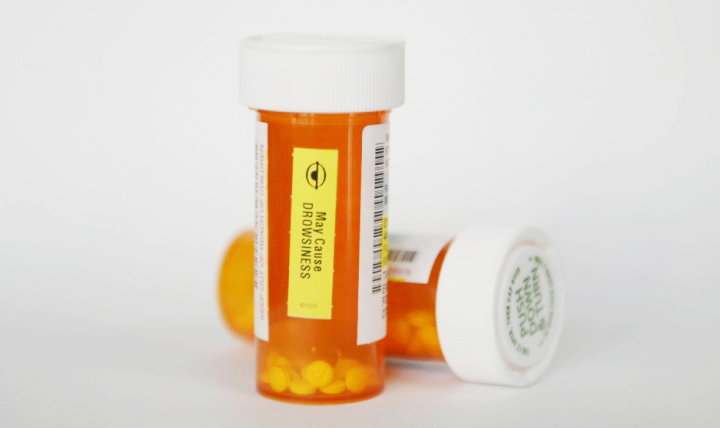When you’re working as a paramedic for an air ambulance, you will get a wide variety of medical flight cases. While a majority of the cases may be related to critical accidents, you may even encounter patients who have overdosed on opioids every once in a while. Since these are time-sensitive cases, it’s crucial that you immediately start looking for signs and begin your treatment.
Common Signs of Opioid Overdose
Some of the most common signs that a patient has overdosed on opioids are:
- The patient will have a hard time waking up; they will be extremely sleepy
- The patient might take shallow breaths
- The patient’s lips and fingernails may become bluish
- The patient’s pupils may become extremely small
- The patient’s heart rate may be slow
- The patient’s blood pressure will be low
Since opioids can cause patients to stop breathing, it’s crucial that medical flight paramedics or other first responders also check for the “death rattle” sound. This is normally recognized by an exhaled breath and has a very distinct and labored sound in the throat.
Essential Actions for Medical Flight Paramedics
If you happen to be the first responders to the scene and you’ve determined that the patient is overdosing on opioids, you need to first make the patients gets enough oxygen. In some cases such as when the patient cannot breathe, you will need to perform mouth-to-mouth resuscitation. But if they’re breathing make sure you position them in a way that the airway doesn’t get blocked.
And to reverse the effects of opioid overdose, you will need to administer a naloxone injection intravenously. The effects will last for anywhere between 20 and 90 minutes, giving patient some ability to breathe until you can transport them to a hospital for further care.


